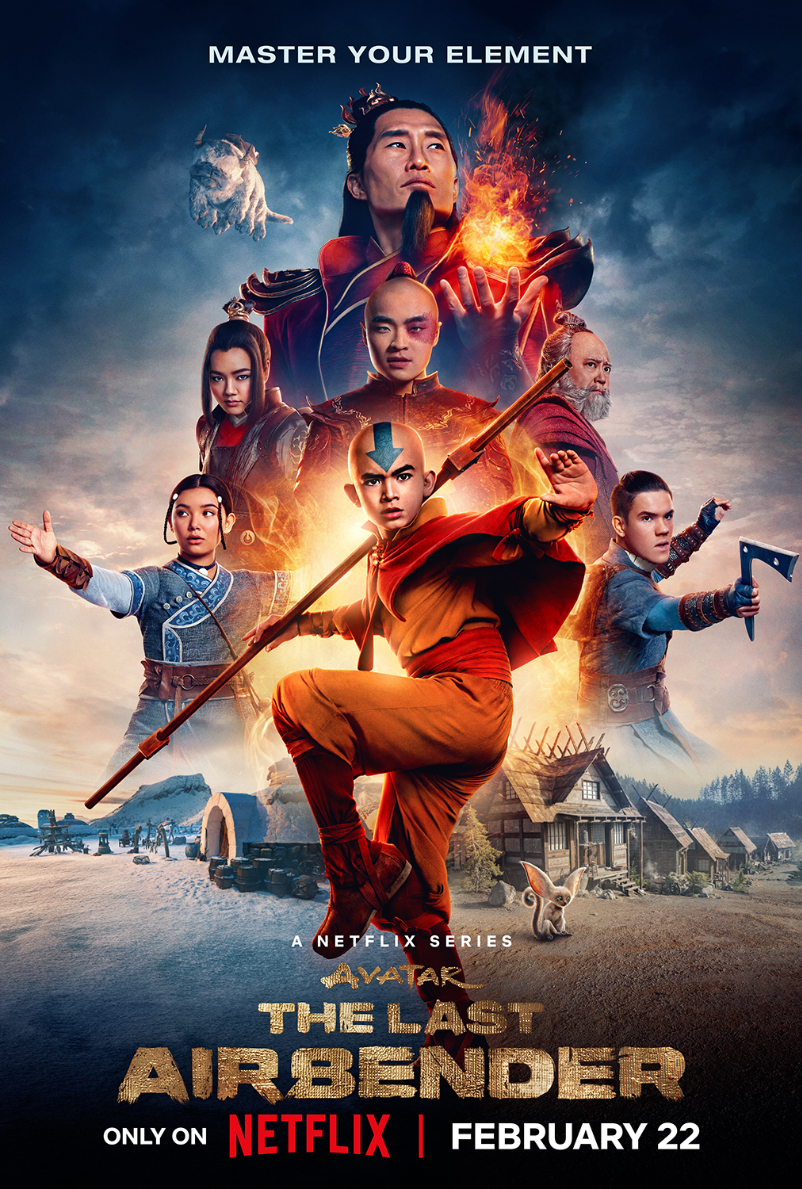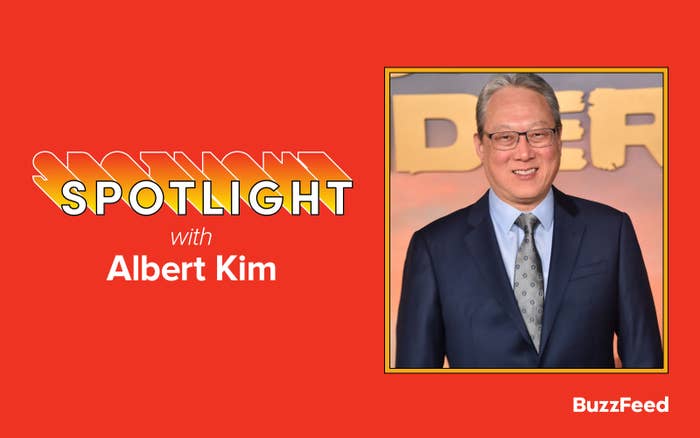
Albert Kim, executive producer and showrunner of Netflix's Avatar: The Last Airbender, has a massive task on his hands. After M. Night Shyamalan's live-action film left viewers disheartened, fans have been craving an adaptation that truly captures the heart of one of the most popular animated series in history. I was honored to speak with Albert, who was warm and welcoming, yet protective and passionate about his live-action adaptation. We spoke in depth about the differences between the animated series and his Netflix show, the motives behind those changes, and what was important to leave the same.
🚨 There are spoilers ahead for ATLA Season 1 🚨
1. Albert wanted to strike a balance between the episodic format of the animated show and his more serialized motives for the live-action adaptation.
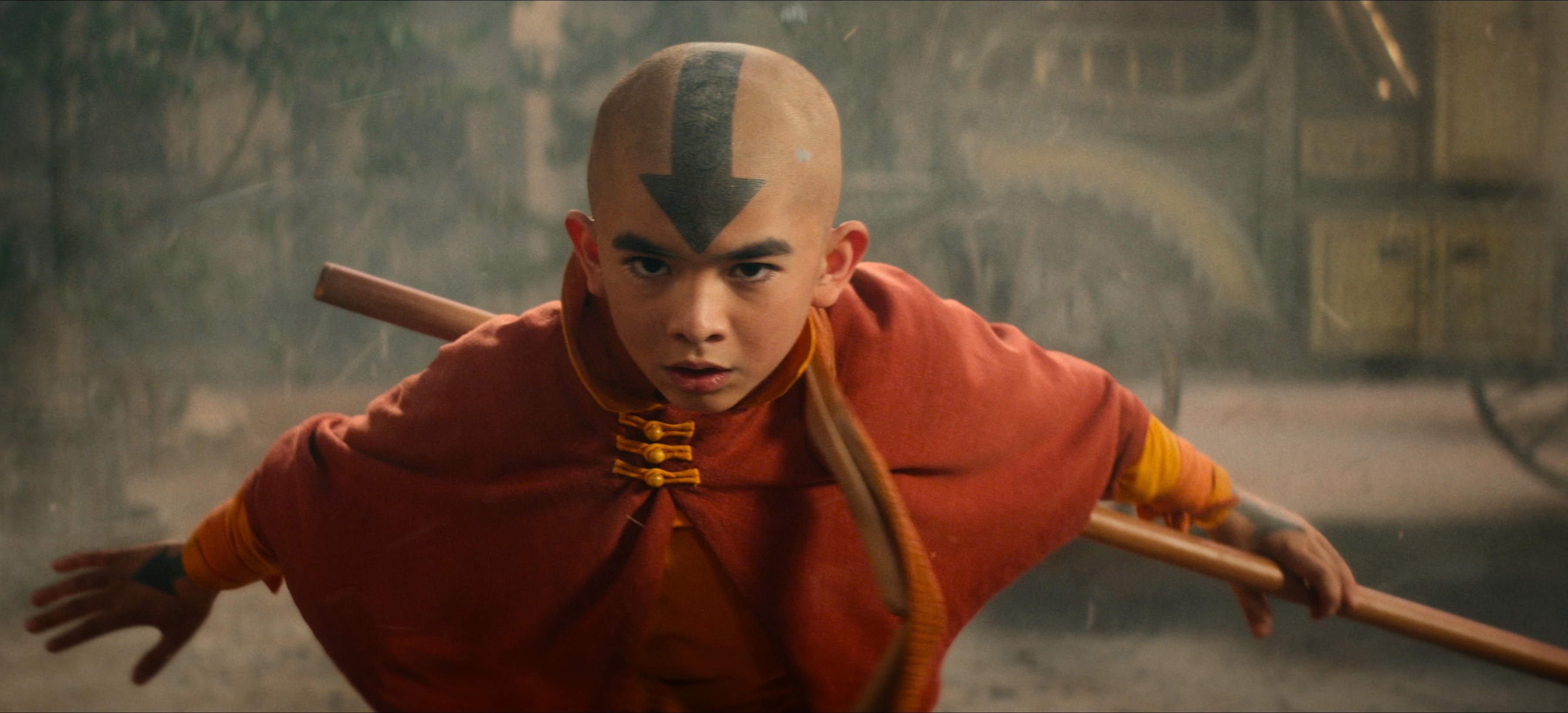
"We always used the original as our guide for everything. It wasn't like we were creating a whole new story out of whole cloth, we were looking at all the stories of the the first season of the original, regardless of whether they were episodic, or led to a more serialized narrative. And then we kind of laid them out in front of us at the beginning of the season, and said, 'Which ones help us in getting from the beginning to the end of the season.' Because we knew we were trying to create a narrative thread that took us on a journey from the Southern Water Tribe to the Northern Water Tribe. And so once we had that framework in place, certain elements just started clicking into place. We could see something like Jet. Jet is a great character, who has all the right intentions, but has been driven into a bad place by the extremes of war. And then we could see a character like The Mechanist; same thing. Good character, good heart, but doing some bad things because of the war. And you know what? He would be in direct conflict with Jet. So let's bring them together. That meant taking them out of their original locations and then putting them somewhere like Omashu. It was a little bit of putting a puzzle together in that way. And as we did that we realized we could preserve the feeling of the original in those adventures. It was a challenge, and we had to walk a tightrope to do it. But that's the case with pretty much everything in the show."
2. Albert has been a fan of the original show for years, because his daughter would watch the animated series when she was a kid.
"I was a huge fan of the original ever since my daughter started watching it when she was a kid."
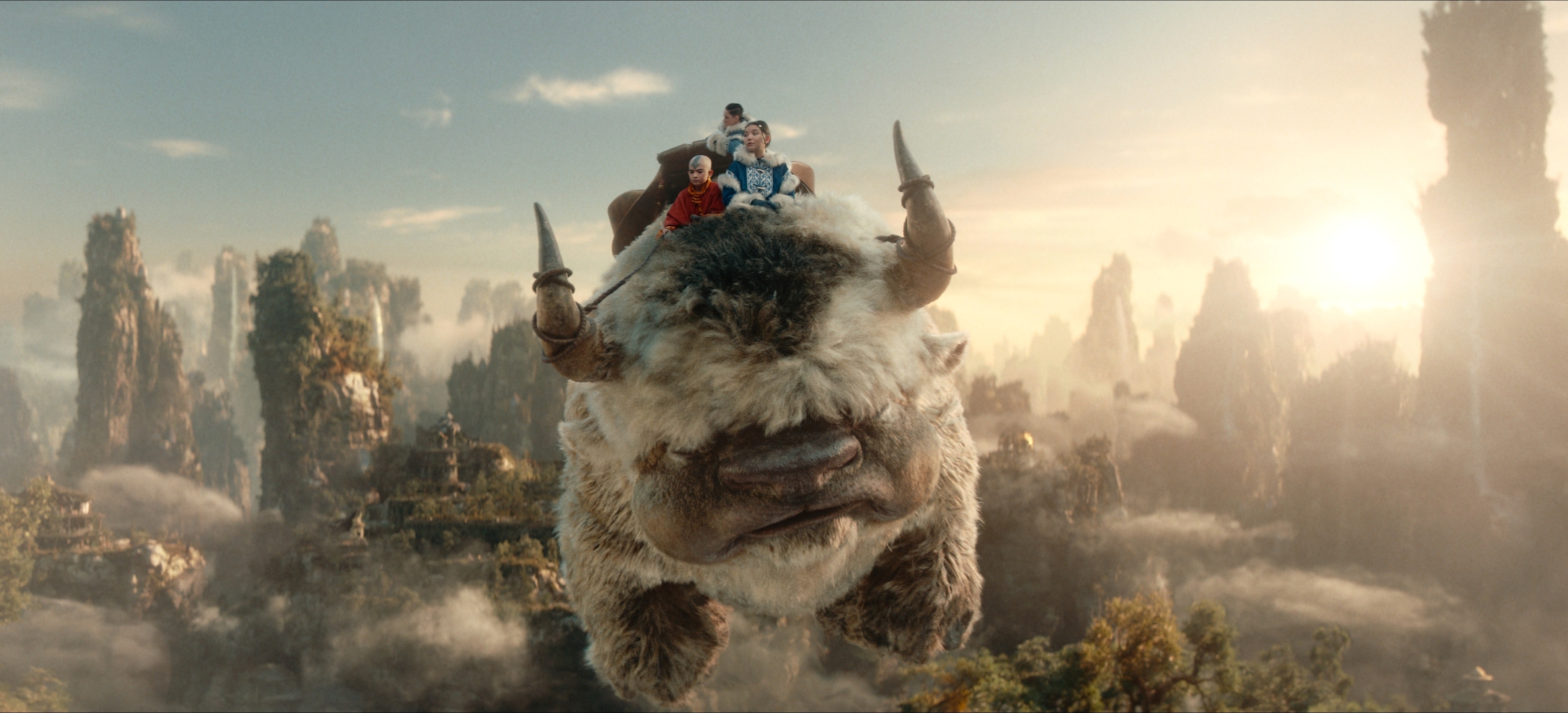
3. Albert used references from the animated series to change how the Avatar State would work in live-action.
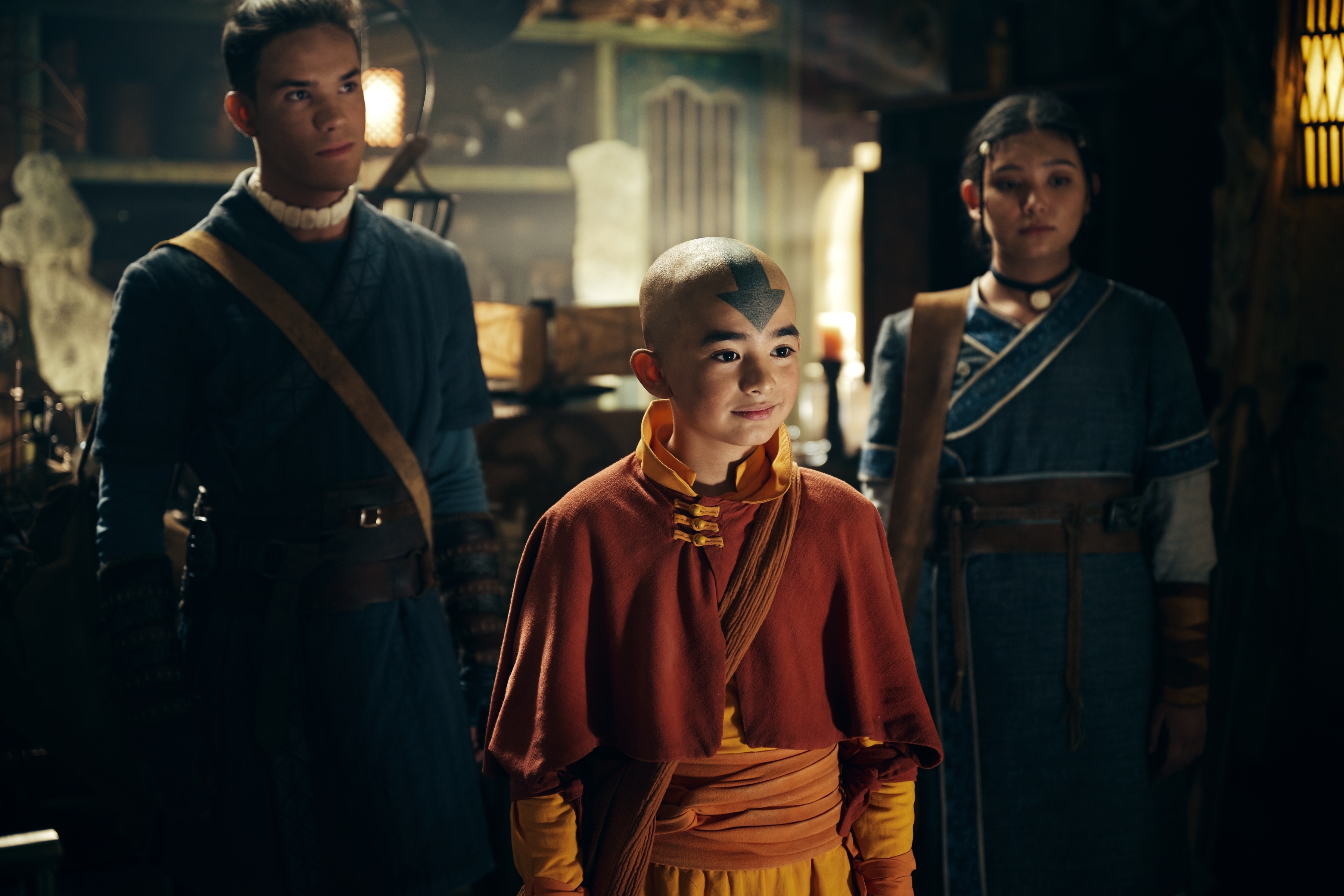
"There's an episode in the second season, "Avatar Day," when Kyoshi inhabits [Aang's] body. It's a very short sequence in the original series, and slightly more for comedic effect. But we thought we could use that, and combine that with what we saw on the Roku episode. Roku also manifests through Aang, and we used that early on, because we needed the audience to understand what the Avatar State was and how powerful it was. In the second episode, we were traveling to Kyoshi Island, so we said, 'Why not use Kyoshi to do that?' We can't wait until we get to Roku's Temple to do that, so let's use Kyoshi. There's precedent for it in the original series, and we can adapt our rules for the Avatar State. There are little tweaks we made to the canon here and there to help us understand a little more of why this was important for [Aang]."
4. Albert spoke with Michael DiMartino and Bryan Konietzko (the creators of the animated series) before embarking on his showrunner journey and was "bummed" when they exited the Netflix series.
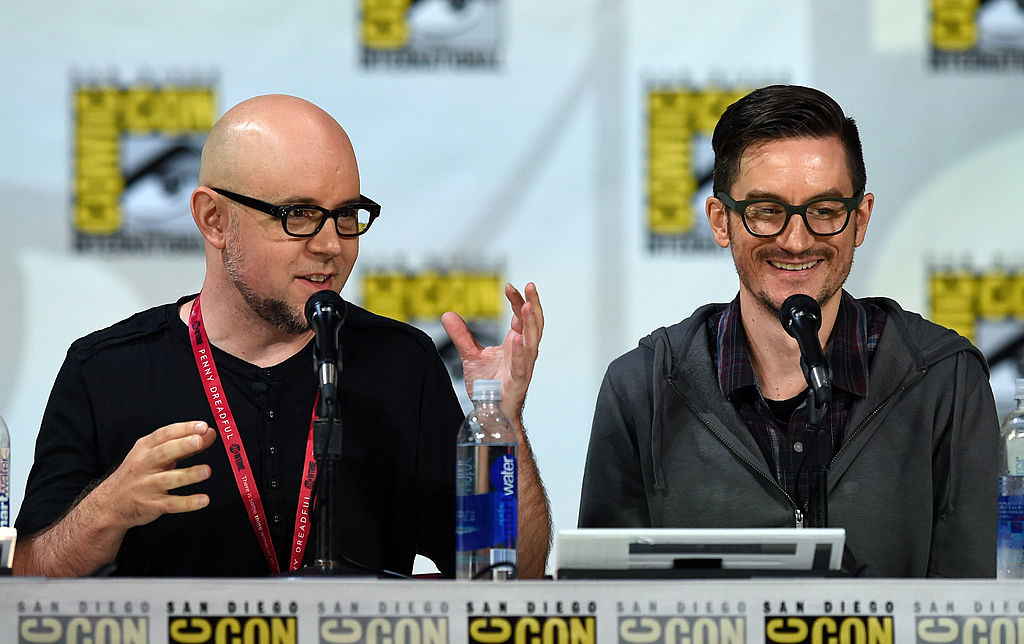
"When I got the call [to work on the series], I was really excited just for nothing else [other] than the opportunity to talk to Bryan and Mike, and kind of indulge my inner nerd about the show. Our first conversations, were me just asking a lot of Aang questions, and stuff like that. And, that was great. And then we got into the process of talking about what the show could be and the visions they had for it. And what I thought I could bring to the table as someone who hadn't been so intimately involved with the original, or the development process they had been involved with. I really enjoyed that process. I enjoyed collaborating with them and working with them. At around the time I had written the pilot episode, they had decided, for personal reasons, to leave the project. And I can't really speak to those reasons. They had been involved, obviously, for some time before I joined the project. And I was bummed about it, because I genuinely enjoyed working with them, talking to them, all of that. And I had hoped we could continue. But again, that was their personal decision."
5. Albert has never seen The Last Airbender film by M. Night Shyamalan
"I haven't seen it and it just sort of fell through the cracks for me beforehand. And then when I started working on this project, I deliberately avoided it, because I didn't really want to have those images or the creative choices they made in my head. I wanted to be independent."
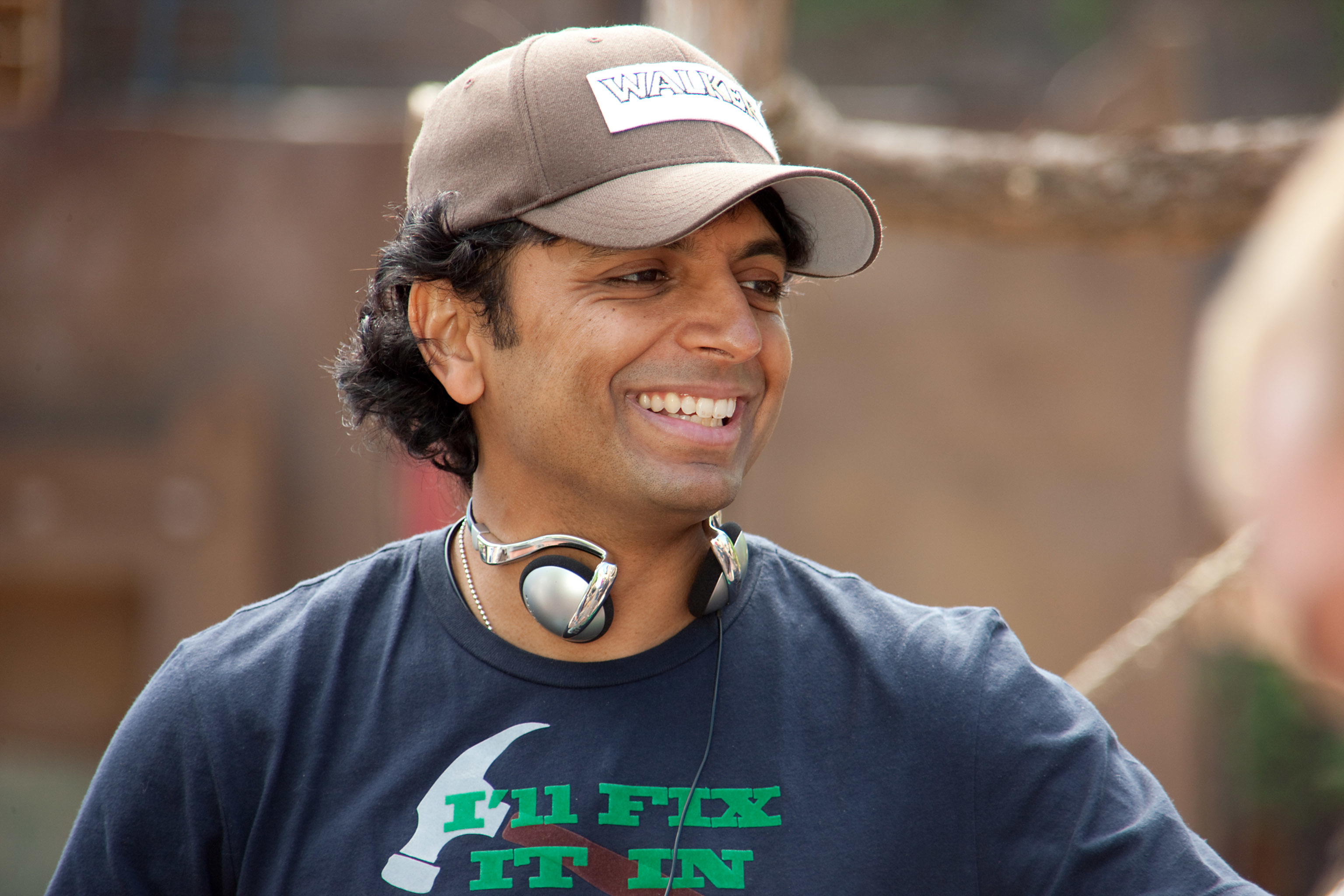
6. However, Albert was aware of the criticisms of Shyamalan's film.
"That's not to say I wasn't aware of the criticisms of [Shyamalan's film]. I knew what people didn't like about it. And I don't think we were reacting specifically to those criticisms, but a lot of the choices we were already organically making corrected a lot of that. For instance, I always knew that we were going to be casting all Asian and Indigenous for this. It wasn't in reaction to what Shyamalan did in this feature. That would have happened if the feature didn't even exist. I know how it appears in certain cases, it looks like we may have been doing something in reaction to what happened in [his] film, but I never saw it."
7. Michael Goi, who directed the first two episodes of Netflix's adaptation, is still trying to get Albert to watch Shyamalan's film.
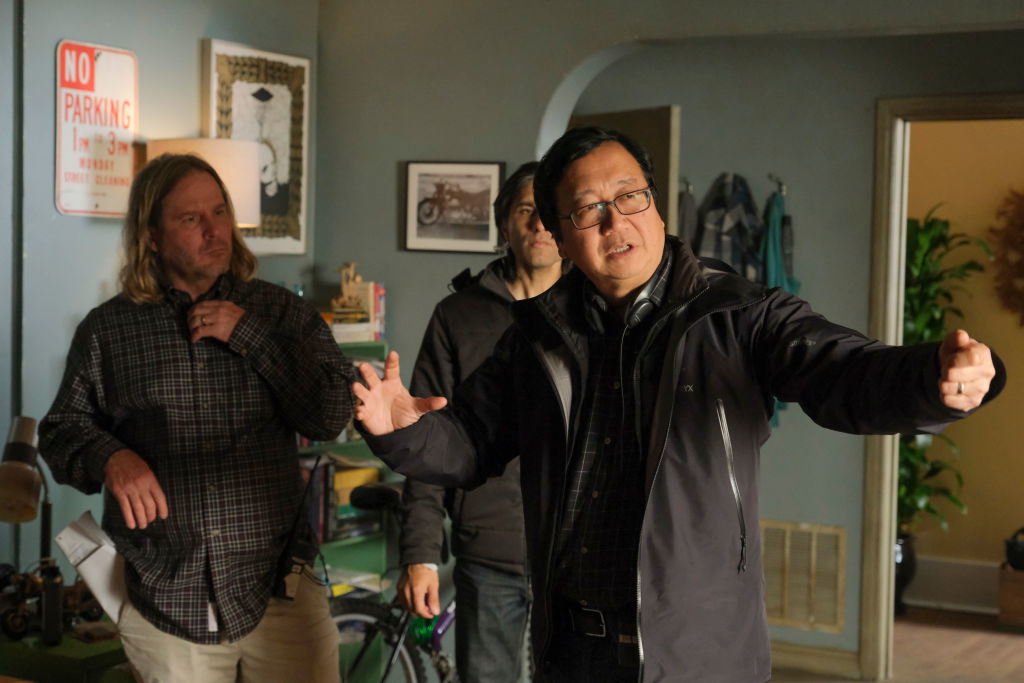
"Michael, our director of the first two episodes, he keeps teasing me trying to get me to watch this movie. Now that we're all done, he keeps inviting me over to his house. He's going to put up a screening room so we can all watch together. I said, 'I've gone this long. I'm not gonna break the record now.'"
8. Although the animated series does not show the decimation of the Air Nomads, Albert felt it was "important" for him to include it in the Netflix show to set the stakes for the series.
"I felt it was important to see that event, which is discussed often in the original, but never seen because, for me, it sets the stakes for the world. It shows you what it is that Aang is trying to stop. And without actually understanding that viscerally, for new viewers as much as for the diehard fans, it was a little hard to go on the emotional journey with him. You have to know what he's facing. And what he's facing is this incredible attack. And when you watch it, you see both the power of the Fire Benders, as well as the struggle that the Air Nomads faced, as well as their destruction and the death. And when Aang gets to ask himself, 'How am I as a 12-year-old kid able to stop that,' you understand it a lot more. It'd feel a lot more abstract as a burden and responsibility for him if we hadn't witnessed that."
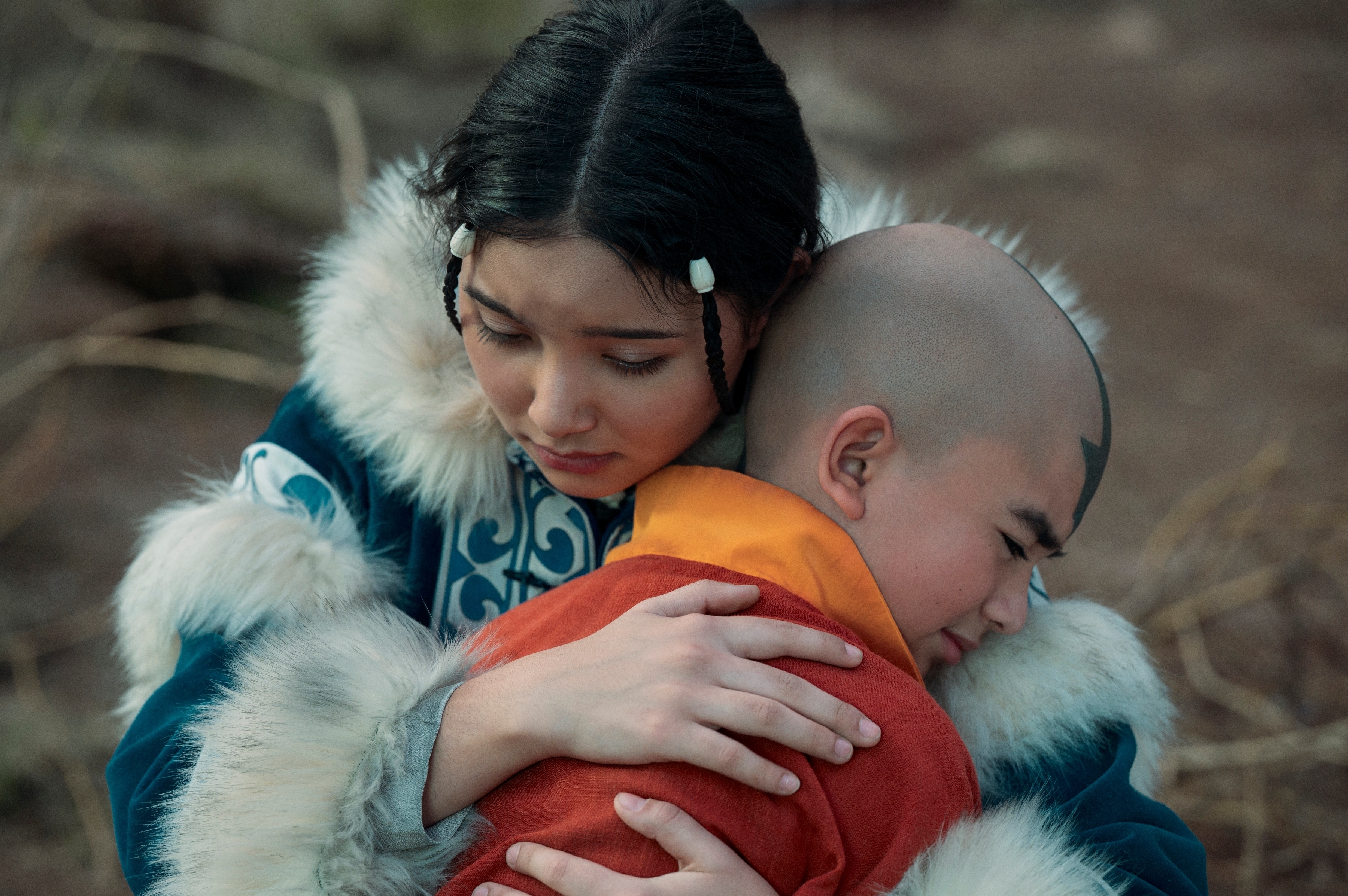
9. Albert also felt that starting the series with the Fire Nation attack on the Air Nomads narratively helped viewers understand that he wanted to expand and differentiate the feeling from the animated series.
"Narratively kicking off the show with [the Fire Nation attack] helped, in my mind, send the signal that this was not going to be a note for note translation of the original. We weren't going to tell the story in the exact same way, with the exact same scenes and the exact same dialogue. We were starting off in a different direction. And signaling that this is our version of Avatar: The Last Airbender."
10. Albert felt that including the Agni Kai between Zuko and Firelord Ozai, which was also not shown in the animated series, was needed to flesh out who Zuko is as a character.

"The Agni Kai is so important to Zuko's character, it really forms who he is. And that's the same in the animated series as well. They just didn't show it. And I can understand why, because it's very intense and emotional. And possibly a little too intense for say, a Nickelodeon audience. But for a Netflix serialized drama, which is intended to be for all ages of viewers from 10 to 80, it felt like it was appropriate to show that scene. To show exactly what it is that made Zuko into the person he is. That was something I always knew we were going to do. And I don't think anyone would argue that it isn't the linchpin to Zuko's character. Not showing it felt to me, a little bit irresponsible."
11. Tying Zuko's ship crew, and his intention of saving their lives, into the Agni Kai storyline was Albert's way of expanding on the original in a way that felt organic.
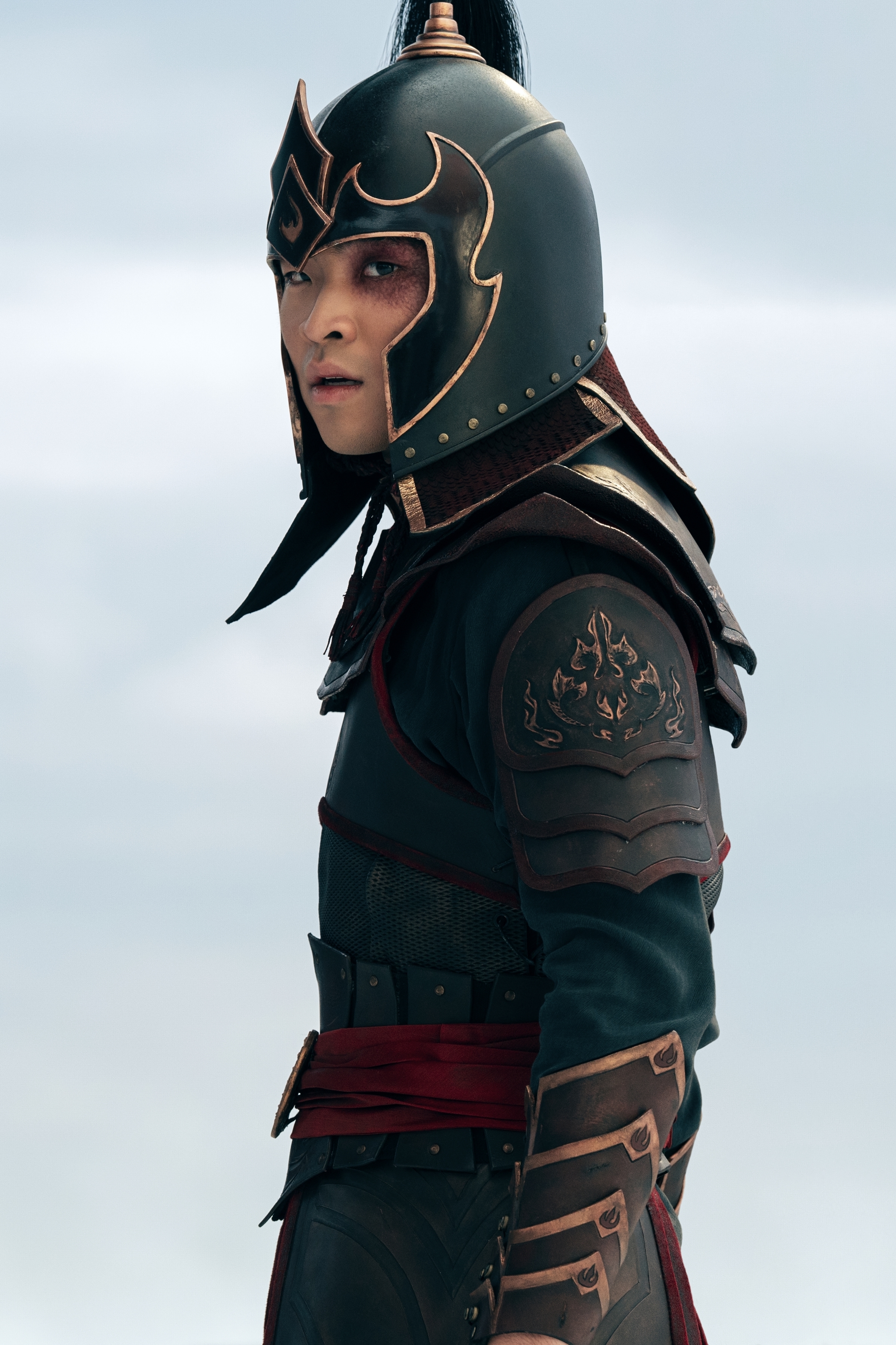
"That was a great example of our entire philosophy for this series, which is that we were drawing upon familiar elements from the original, but then pushing certain things a little bit further. Fans are gonna recognize a lot of the events and scenes in that episode from the original. But then we also extrapolated a little bit, and added elements that felt true to the spirit of the original, but hopefully adds a slightly new dimension. Making his crew the ones that he saved, it felt like it was right for the moment."
12. Changing the gender of Shu, and making the Omashu love story a tale of forbidden queer love felt "apt" to Albert.
"I remember even in the original when I was watching the tale of two lovers, I don't know why maybe I wasn't paying attention, I actually thought they were [both] women. And someone in the writers' room corrected me. So I said, 'Oh, well, it feels a little more right if they are women because it's supposed to be a forbidden romance.' Even in the original, there was a reason they couldn't be together. And they had to hide their love. Which ends tragically, but then leads to a piece of understanding. And for those reasons, it felt like making them both women actually was apt for this story."
13. When it came to casting, Albert wanted to make sure the actors were "ethnically and age-accurate."
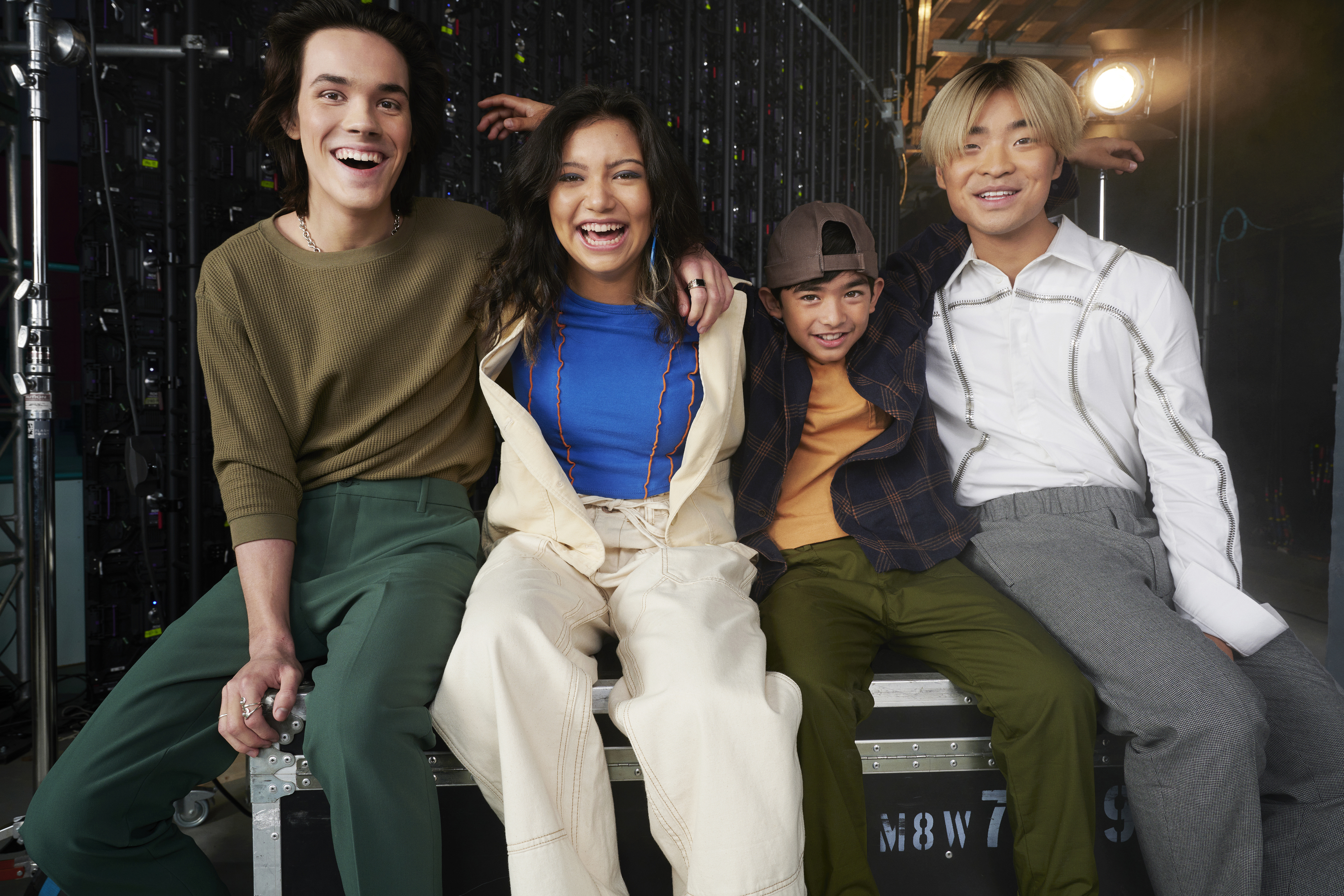
"Our casting process was thorough. We saw a lot of great actors and great performers. We always knew it was going to be a challenge. Because we were all committed to making sure we were ethnically and age-accurate. We knew that we didn't want to cast a 20-year-old playing a 12-year-old, and we wanted to cast someone who was Asian. We always knew it was going to be tough."
14. The casting was done secretly, meaning none of the actors knew what they were auditioning for.
"It was even more challenging for them, because the casting process was conducted in top secret. They did not know they were auditioning for Avatar. And I had to write fake scenes for all of them. I think [the fake scenes] were about some math wiz applying to a private academy. Gordon, when he was auditioning, didn't know he was auditioning for anything."
15. There was never a doubt that Gordon Cormier should be cast as Aang, even after Albert auditioned several other actors for the role.

"When we saw people like Gordon, there was something about him that just captured the essence of the character. And we kept coming back to him even after we kept seeing other actors who were great. A lot of them were incredibly talented. But after every discussion I would have with the producers, we would always say something like, 'But what about Gordon.' And then we would come back to him, and we kept coming back to him. What we were looking for was a certain spark, a certain essence that said, 'This is who [Aang] is.' And that's what we kept seeing. It didn't matter what the scene was, it was just his personality, his overall character that was shining through. And I think you see that when you see the show. A lot of people I know are a little weary about our version of Aang. But when you watch it, and you see Gordon in his performance, I don't think there's any doubt. He doesn't even have to say a line of dialogue for him to be Aang. He could just give you a look, or a smile. And he's that way in person. He was like that on set every single day. I can't count the number of times crew members would come up to me and say, 'This kid is Aang.' Even when he's not on camera, he is Aang. Whether he was hopping on the back of a camera car, or running around with the other kids. We were incredibly happy that we found him, and all the others."
16. Although Sokka is less sexist at the beginning of the journey than his animated counterpart, Albert felt that they "preserved" his character growth in other ways.
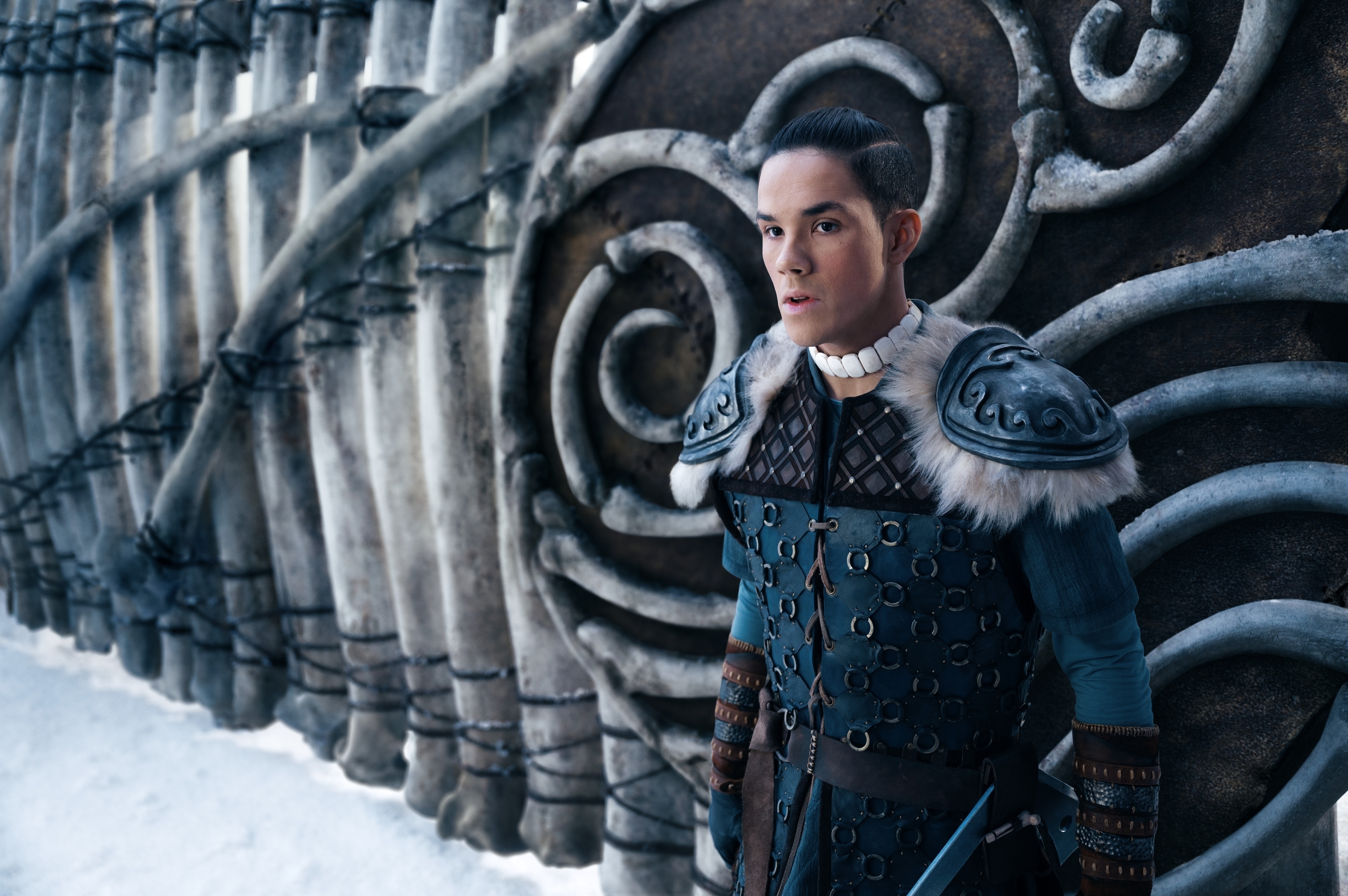
"It wasn't a matter of, say, removing anything from his character. He still has a complex and nuanced journey. But in the process of going from an animated series, to a live-action, we knew that we wanted to portray his journey with a little more groundedness and subtlety. He starts out with attitudes that are the result of living in an isolated life and community. And yes, some of them are rooted in sexism. But he's not out there saying, 'Girls sew and guys hunt.' People have been reacting to comments without having seen the show. When you do watch it, I think it'll become clear that we've preserved Sokka's character, flaws and all. And he has a journey that's as complex as the one you saw in the original. It's just not a one-to-one."
17. Albert also felt that he had more room to build Sokka's character than his sister, Katara.
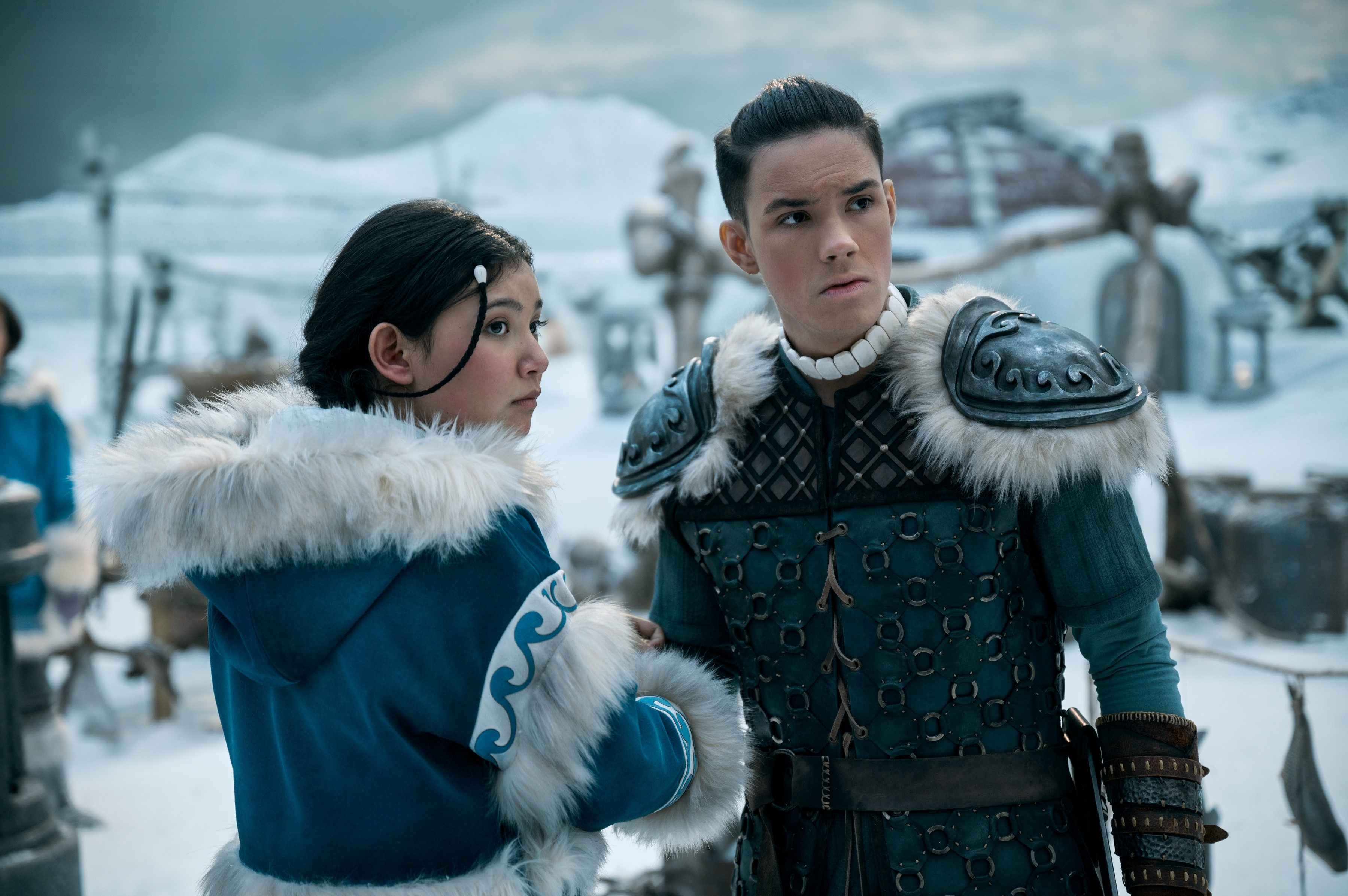
"Sokka was a character that there was a little more room to add to his character. Katara had trauma over her mother's death, and it's well told in the original. Sokka, we had to fill in the gaps a little bit more, especially for this first season. It was one of the things that struck us immediately. The question of imagining, if you're Sokka, and you're left alone by your father, to take care of your entire community at that young of an age. That's got to be a great burden. And what does that do to him, because his character is naturally lighthearted and funny, and a little bit goofy. But he's got this incredible responsibility to bear. And what does that do to someone? We play with that all season long until you get to the episode [with Koh]."
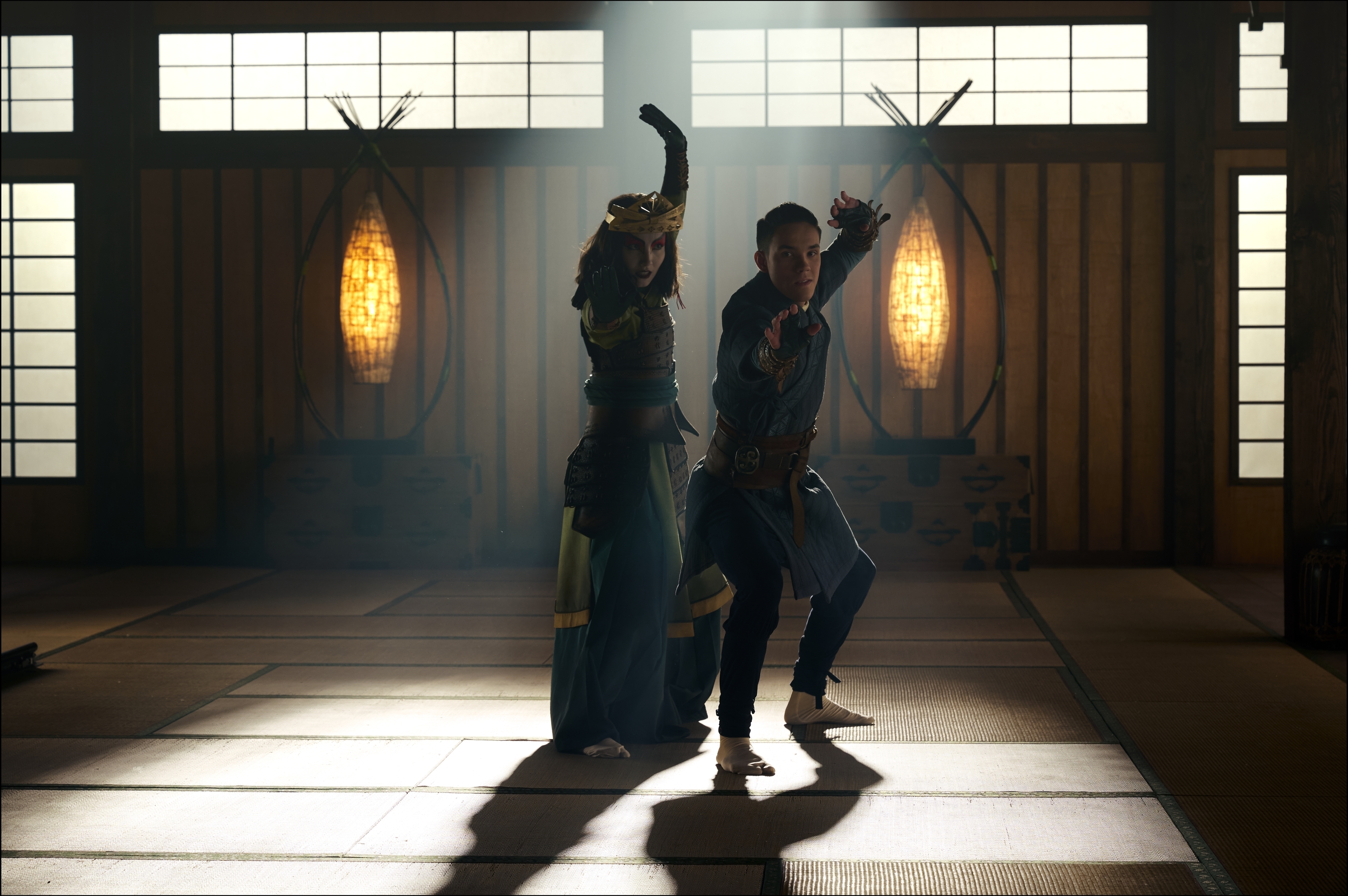
18. Bringing Azula into the first season as a main character, although that doesn't happen until the second season in the animated series, helped "dimensionalize" Zuko and his family.
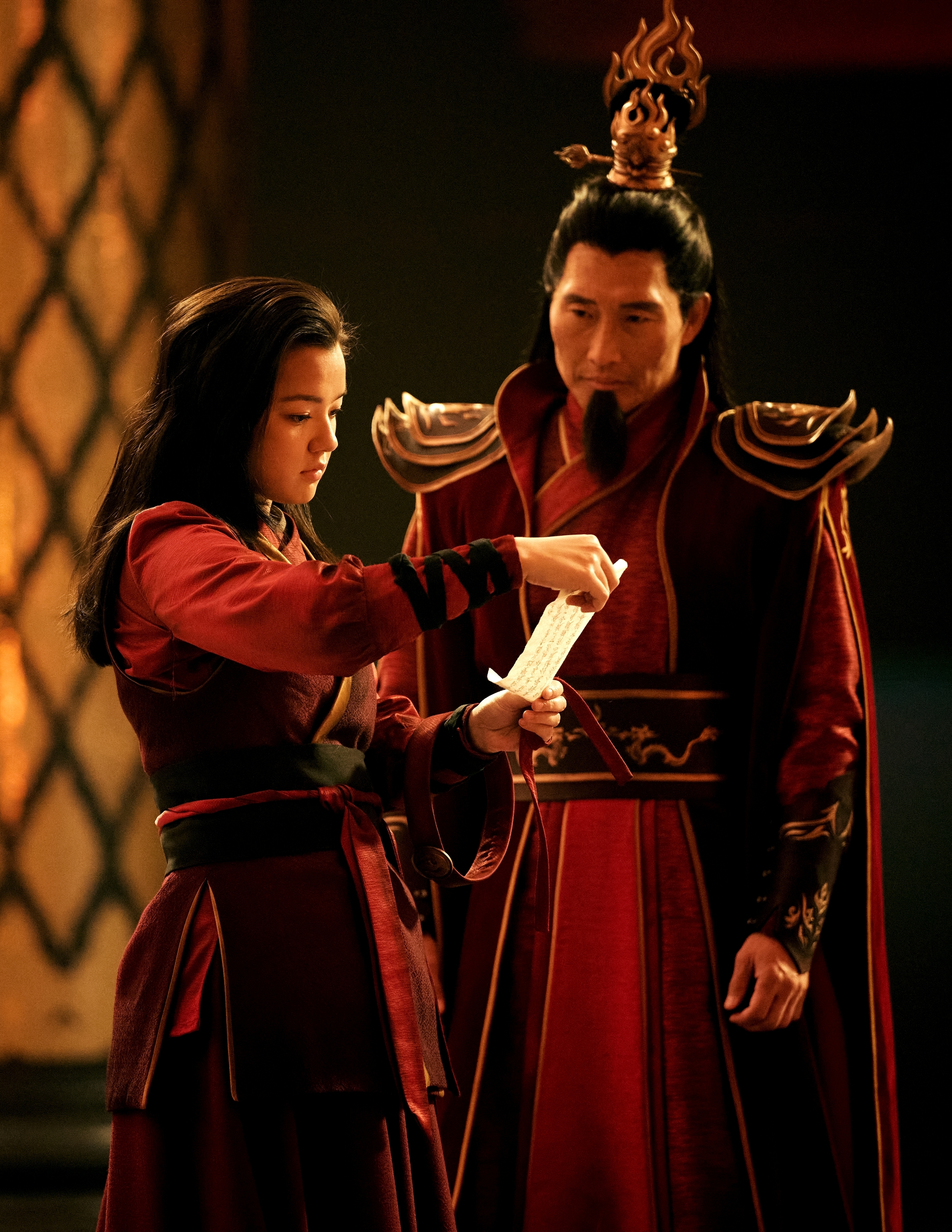
"We had the benefit of hindsight, and we knew where the original series was going. And we knew what a great character both Ozai and Zula were going to be. And we wanted to pull a little of that into the first season just to balance out the storytelling a little bit. Creatively speaking, we wanted to use the characters of Azula and Ozai to help dimensionalize Zuko a little more, and then help us understand exactly how he became who he became outside of just the Agni Kai, and that traumatic event. Even though physically, Zuko and Azula are never together in the first season, it doesn't matter. You can still see how the dynamics of this family made him who he was, just like it made Azula who she was. In a way, the first season is a little bit of a prequel story for Azula because when she arrives in the cartoon in the second season, she's kind of fully formed as a character. Here we see a little more of her journey as to how she gets there."
19. Albert feels like the Zuko/Azula/Ozai relationship is representative of an Asian family dynamic.
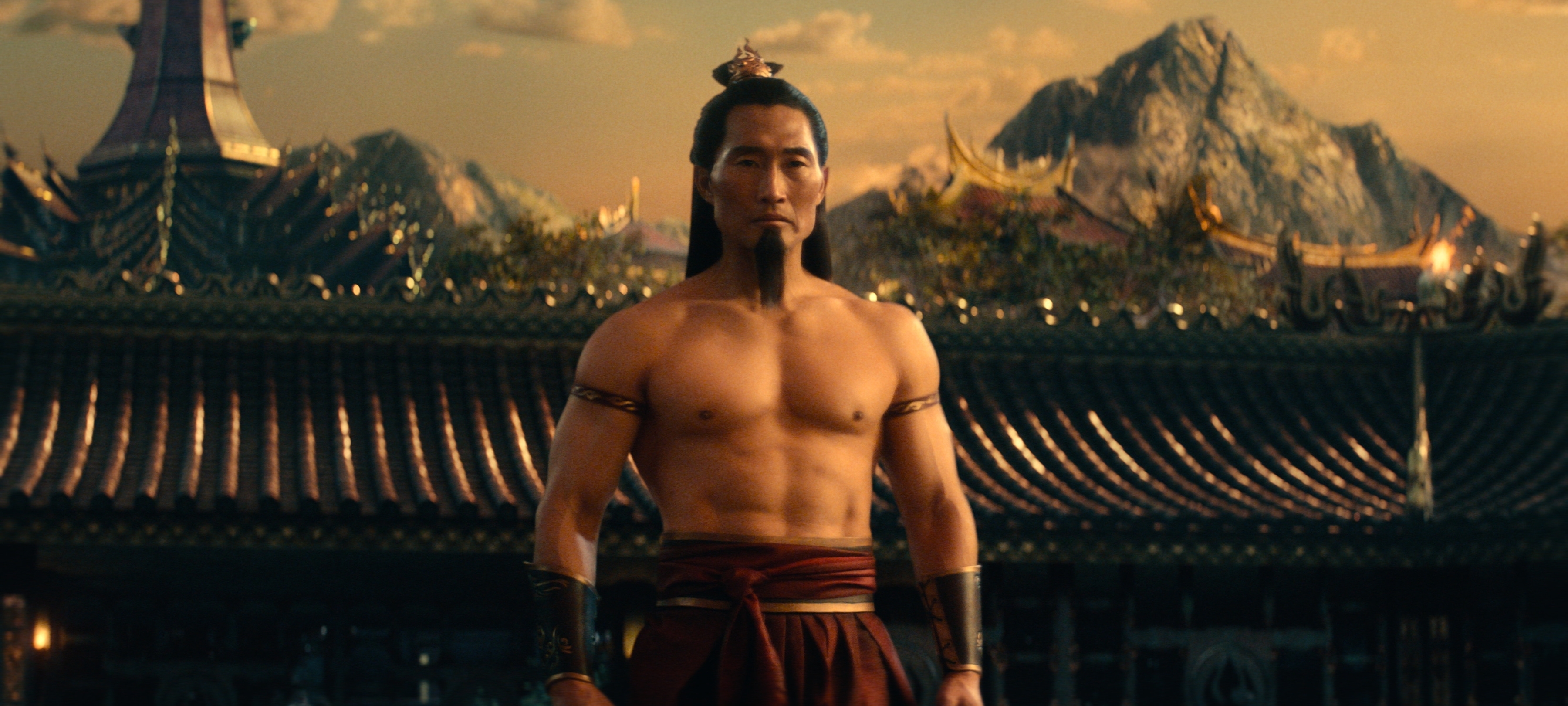
"And to me, it's very much an Asian story, not that it's limited only to Asian families. But that pressure to exceed the parental expectations. The sibling rivalry all feel, from my personal point of view, like an Asian story."
20. The actors went through an intense six-week boot camp to train for their fighting scenes
"We're incredibly fortunate in that both Dallas [Liu, Zuko] and Ian [Ousley, Sokka] came to us as incredibly accomplished martial artists. Both of them are world-class in their fields. They already knew what they were doing. And even with that, we put all four of them through a pretty intense boot camp before we even started shooting. It was about six weeks, where they trained with the stunt team every day, in order to learn all of the bending techniques."
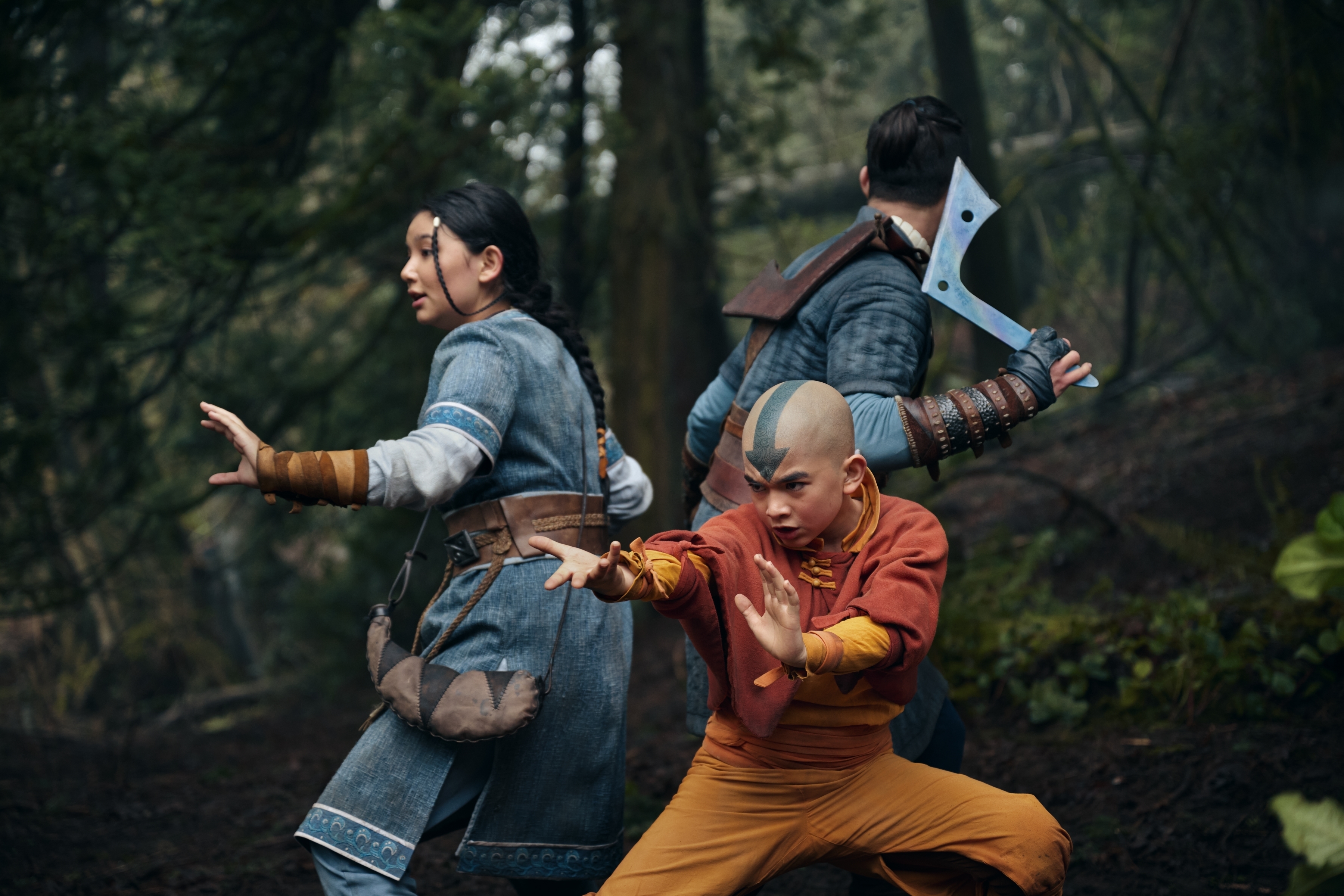
21. Kiawentiio, who plays Katara, was more "tentative" at first about her action scenes but acclimated beautifully, which helped her character's progression on screen.
"For someone like Kiawentiio, who didn't have a background in martial arts, she started out a little more tentative, in terms of physical movements. But that worked for her character because Katara is not supposed to be an accomplished water bender at the beginning, and as the season progressed, and as Kiawentiio got better and better, Katara got better and better. It worked really well in terms of the progression of her character."
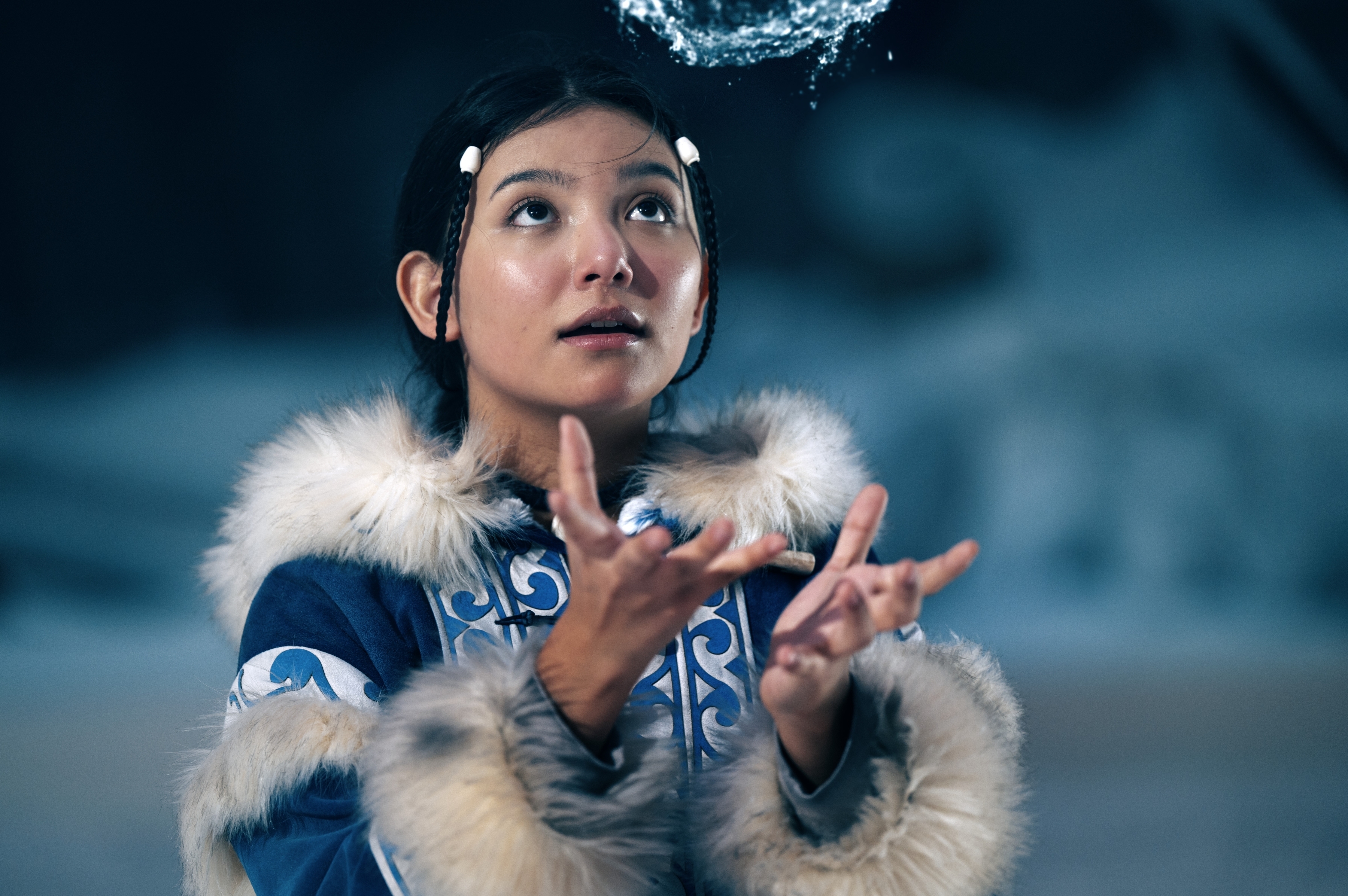
22. The massive action sequences were hard to pull off, and took a lot of set building and choreography.
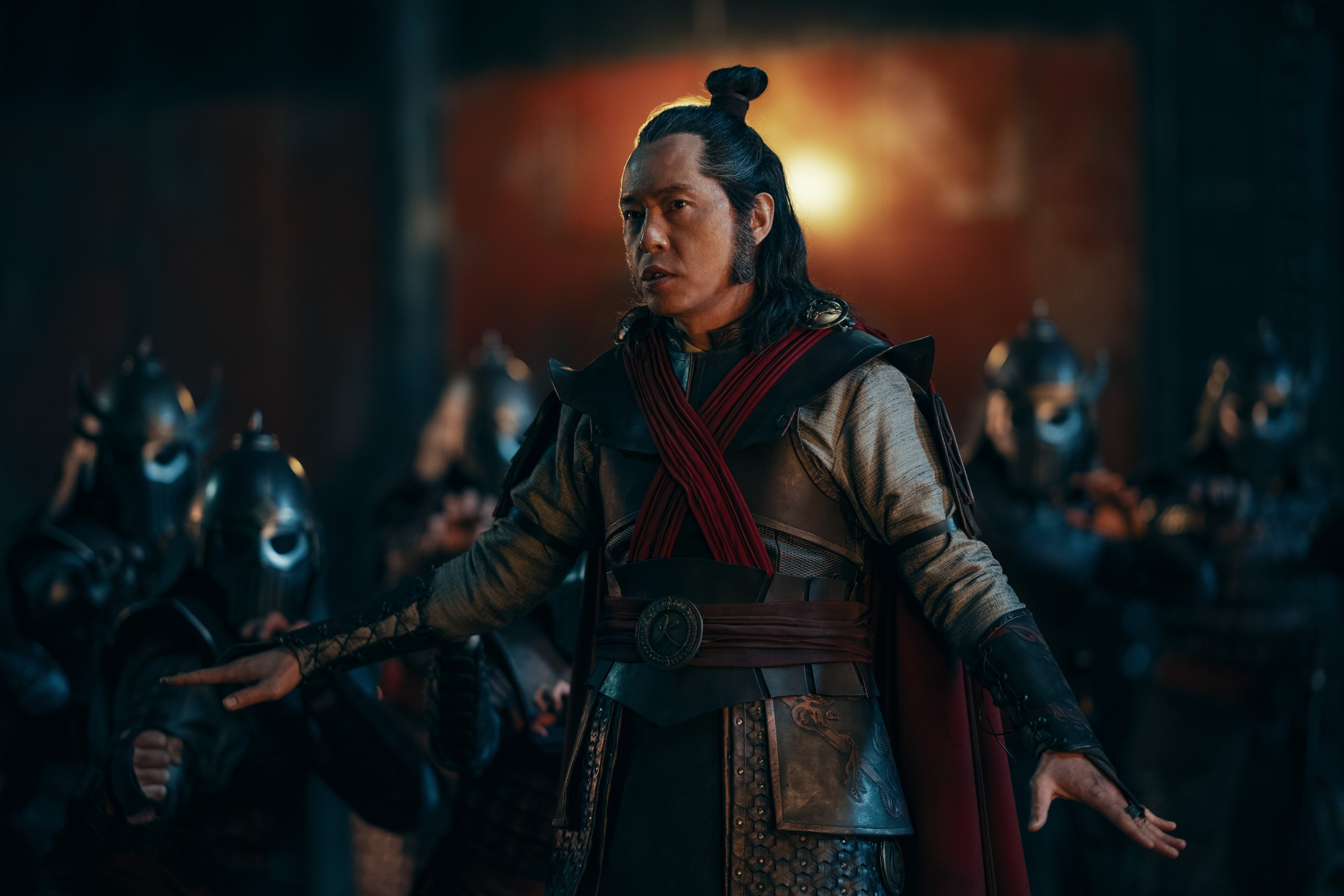
"Some of the epic action sequences were challenging to do. Whether it's the escape from Pohuai, where we built an entire wall of that prison, and then also had bamboo ladders, and an army of stunt people going through all of that. It was tough. Also, the fights in the finale; the giant battle sequences between the Northern Water Tribe. For those we built a huge section of Agna Qel'a, with the bridge and the wall and scores of extras running through it, and fighting, that was incredibly challenging, as well. The Southern Air Temple fight in the very first episode was another epic undertaking. Those were all really challenging. We relied on the skills of the stunt teams and everyone involved to pull that off."
23. And lastly, Aang's first meeting and conversation with Zuko was the hardest scene to capture on an emotional scale for Albert.
"Emotionally speaking, certain scenes where I felt it was crucial to the season, and would be challenging for the performance [was filming] the scene between Zuko and Aang. The scene between Zuko and Aang, after the "Blue Spirit" episode, when they're hiding out together, away from the Fire Nation soldiers. The first bonding of them. I'll be honest, I was a little nervous going into that scene because I thought it was so important. It's the first time the two of them get to really talk. But once Gordon and Dallas started getting into it, all my weariness melted away because they were so good at it. They did the whole scene all the way through, and it was incredible to watch. But for me, if we didn't get that scene right, a lot of things wouldn't have worked for the season. Or, frankly, for the entire series. We needed to understand who these characters were, how they go from being enemies to having certain bonds, and how that sets the stage for everything else to come."
Make sure to watch Avatar: The Last Airbender streaming now on Netflix!
